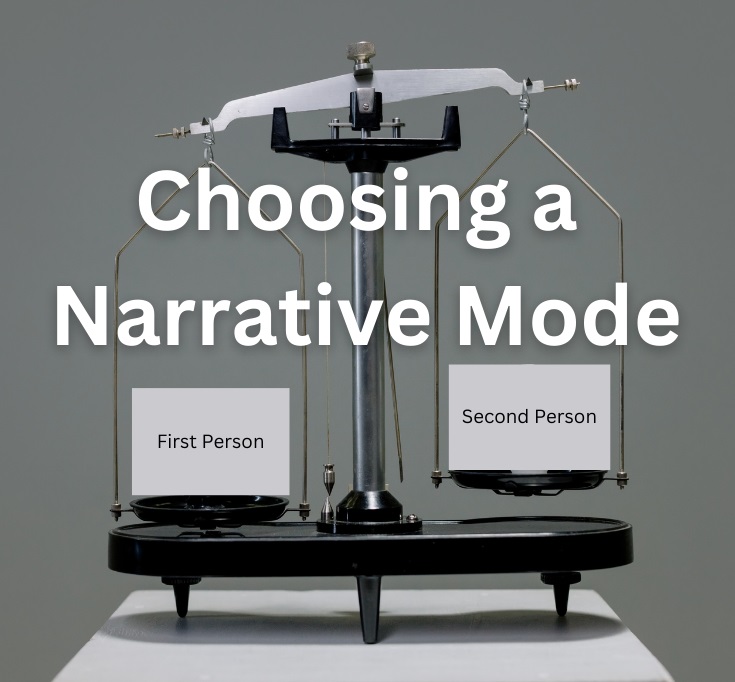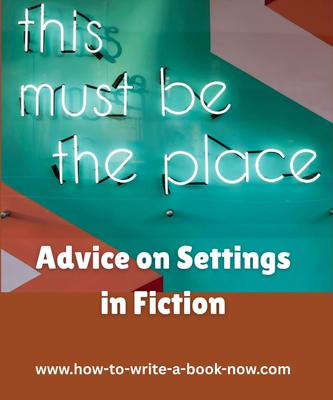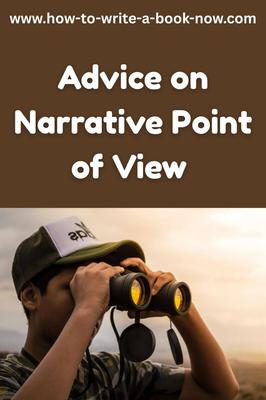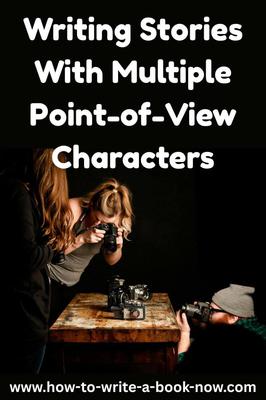describing fantasy/fiction
by Chelsea Lane
(Utah)
Question: If you're writing a fictional book with a made up world and made up land with settings never seen before, does the "show, not tell" tip apply?? I really have it confused because I really want the characters to see what I see and am trying to describe it out. and they need to know what it looks like its vital for the book. but I feel I don't have any chances to show them and if I have to make some I feel like its not genuine and not enough. Can I describe what the character is seeing as well as feeling and all those other senses but not over do it. Can I use analogies to help such as; "Looking up their amethyst skies glittered and shined back brilliance like twirling crystals intertwined in the cosmos."
Answer: The "show don't tell" guideline is as true in fantasy as it is in any other fiction genre. (The guideline that is partially untrue for fantasy is "write what you know.")
Imagine you were writing a novel with any other setting -- a historical setting, or perhaps even the neighbourhood you currently live in. You would not need to give big infodumps about the setting. You would simply describe what the character perceives. You would give the reader the information they need to know to understand what is happening and how it feels to the character, when they need
The trick is to stay in the character's perspective, not revert to your perspective as the author. It's not about the characters seeing what the author sees. It's about the reader seeing what the character sees and how it looks to the character. Let the reader experience the story world as the character experiences it. And remember that a particular character's attention will be drawn to some things and not others.
This is perhaps easier in first person narration where the character's perspective is everything, but it applies to third person as well.
Remember too that not everything must be shown. Showing is valuable for enhancing the reader's emotional engagement in key story events by putting them in the scene. Telling can be useful for setting the stage or providing transitions between key events.
In the example you give, there is nothing wrong with comparing the stars in an amethyst sky to crystals, if that is how they appear to your character.
(There are other problems with that sentence, if I were to nitpick. For instance, who is doing the "looking up"? Surely not the "skies," which is what the sentence implies. I think perhaps you meant "stars" rather than "skies," but stars can't "look up" either. I'm not sure how stars or crystals can intertwine, so I suspect this is a mixed metaphor. Also, it's "shone," not "shined.")
Hoping you take that as helpful, not harsh.
- Home
- Writing Questions
- describing fantasy/fiction















